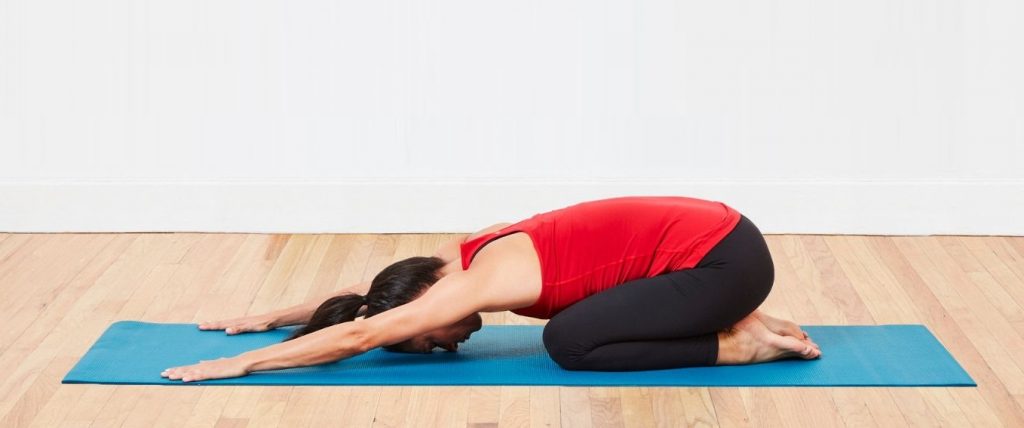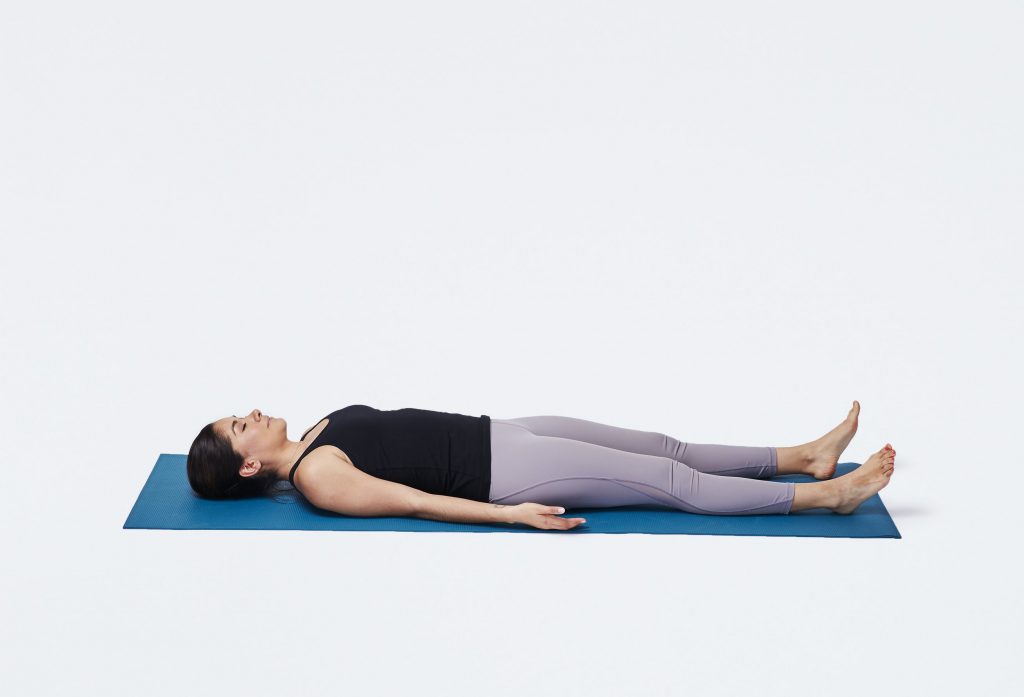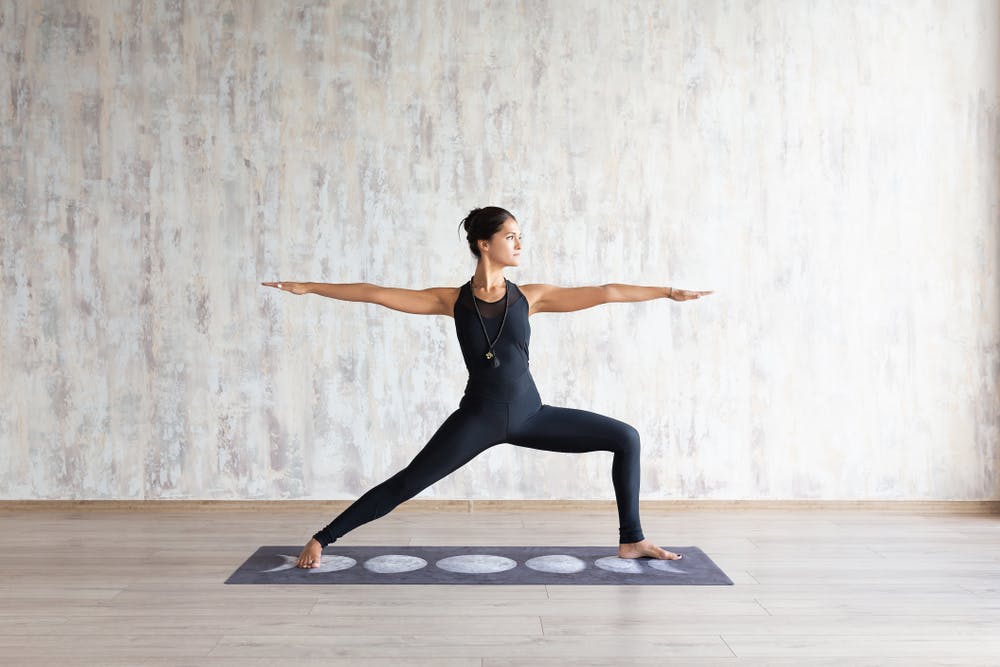Yoga operates on the physical, mental, emotional, and energetic levels. In addition, it aids in the reduction of melancholy, exhaustion, anxiety disorders, and stress. Yoga is without a doubt beneficial to one’s mental health. In this post, we will provide with you some of the best yoga poses to improve mental health.
Contents
Best Yoga Poses to Improve Mental Health
Balasana

Yoga experts recommend the child pose as one of the greatest yoga poses for mental wellness. It aids in relaxation, calmness, and stress and tiredness relief.
How to do:
- Get down on your knees and maintain a straight spine.
- Make sure your big toes are touching, but your knees should be kept apart.
- Inhale deeply, raise your head, and lengthen your back.
- Exhale and bend forward until your chest reaches your thighs and your forehead reaches the ground beyond your knees.
- Straighten your arms to the back and place them on the floor close to your hips, or extend your arms as far as they will go in front of your body.
- Hold the position for 20 to 25 seconds.
- Inhale, elevate your head, and slowly lift your torso back up to exit the pose.
- Take a deep breath out.
Anjaneyasana
The “high lunge” is another name for this pose. The crescent form of this exercise has been shown to enhance blood flow and soothe the mind.
How to do:
- Lunge one leg forward while standing.
- Bend your front knee and lengthen your rear leg, making sure your knee is in line with your ankle.
- On both ankles, press your ankles flat against the ground.
- Raise your arms to the sky and clasp your hands together.
- Deeply inhale and exhale in a steady stream.
- Rep for a total of 5 times per leg.
Savasana

This is one of the best yoga poses to improve mental health. It not only improves your mental health but also helps relax your body.
- Relieve all kinds of stresses and relaxes both the body and the psyche.
- The entire psycho-physiological system is relaxed.
- The mind, which is continuously drawn to the outside world and filled with worthless thoughts, gradually travels inside, becoming absorbed as the mind becomes peaceful and absorbed. It relaxes the neurons in your brain.
Garudasana
The eagle pose is a common name for this position. You must breathe while keeping your body balanced in this stance. It aids in the prevention of anxiety attacks while also boosting focus.
How to do:
- Take a deep breath and move your weight to one leg.
- Wrap one leg around the other slowly.
- Sink your hips and bend your knees slightly.
- Maintain a flat ankle on the ground.
- Maintain a steady, leisurely breathing pattern.
- At the elbows and wrists, wrap one arm over the other.
Virabhadrasana

This practice, often known as “the warrior stance,” has many versions, all of which require concentration and steady breathing.
How to do:
- Spread your legs wide, bend your hips to one side, then turn your ankles to the side you’re facing while standing on two feet.
- Make a 90-degree bend in the front leg.
- Stretch your arms out to your sides and take 10 deep and steady breaths.
Uttanasana
Uttanasana improves mental wellness by rapidly reducing depression.
How to do:
- Begin with Tadasana, or standing posture.
- Exhale, lean forward from the hips, and fold your torso over your legs while bending your knees slightly.
- Place your palms next to your feet or the backs of your ankles on the floor. Maintain a straight line with your knees.
- Hold your head up, take a deep breath, and stretch your spine. Make a slight movement with your head.
- Hold your head up, take a deep breath, and stretch your spine. Try to keep the legs at 90 degrees from the floor and move the head forward towards the head.
- Take two deep breaths while remaining in this position.
- Exhale and raise your brow as close to your knees as you can.
- Hold this position for one minute while breathing deeply and evenly.
- Don’t overextend yourself; maintain your knees straight and don’t block them.
- Inhale and raise your head off your knees, but don’t immediately lift your palms off the floor.
- Take a deep breath in and slowly lift your hands off the floor, returning to Tadasana.





